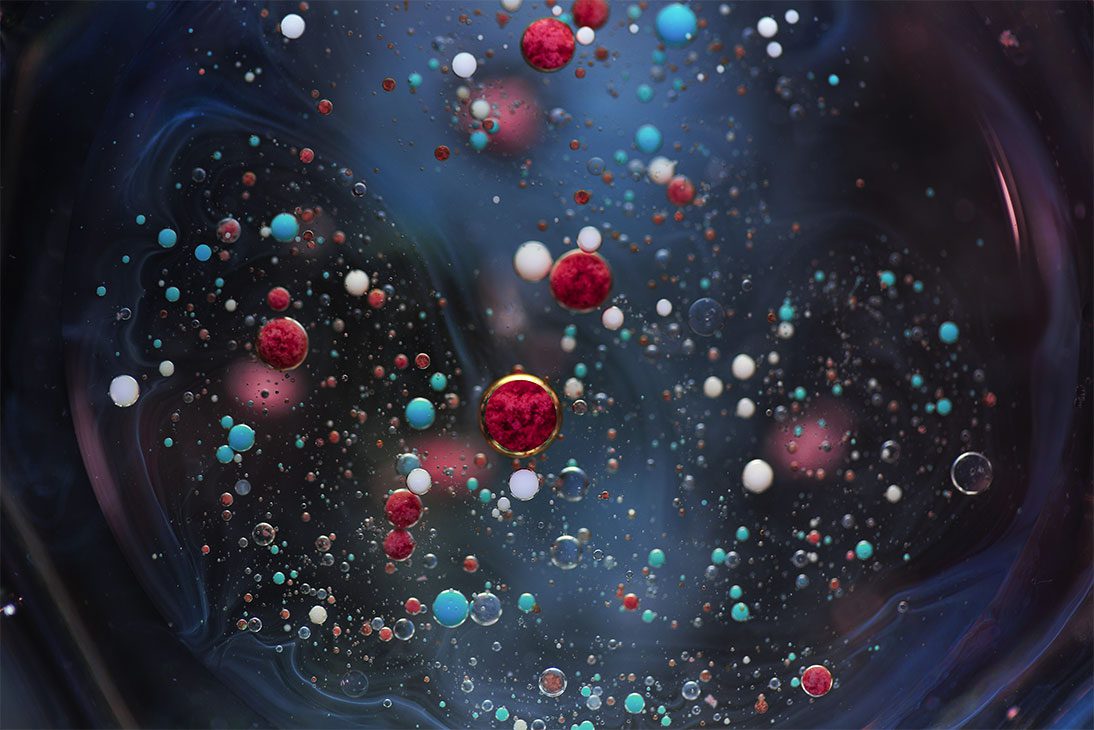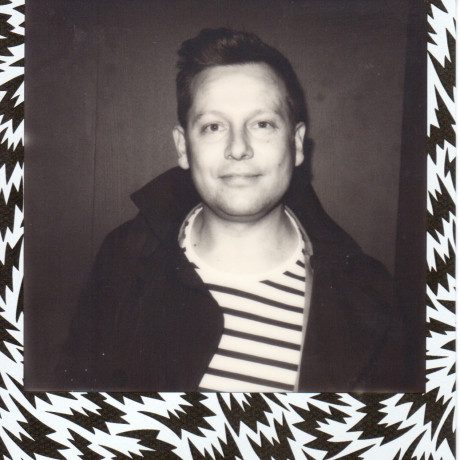Spotlight: Emily Bowers
As you may have guessed, my name is Emily Bowers. I’m a typical creative person who can’t seem to handle pigeon holing myself into one area of creativity, I like a bit of everything.
I have worked full time as a Digital Imaging Assistant whilst developing this series, using any spare time I could get my hands on for my own work such as projects like ‘Synthesis’. I also assist with teaching photography workshops and tackle any other creative tasks people might throw my way such as logo design or illustrations.
I am happiest when I’m busy and often set myself high targets such as completing a drawing everyday this year to challenge myself and to keep improving my skills. Things that make me tick include innovation, learning something new and creating art alongside/with technology.
The natural world and universe we live in are places that have always fascinated me ever since I was a child and still contribute to my sources of inspiration today. There are so many mysteries and unanswered questions as well as aesthetics that are just mesmerising. ‘Synthesis’ has originated from one of my previous projects where I was looking at the conflict between man and nature as well as strong connections between the two such as emotion. After the project, the main thought that captured my attention was that when you break everything down to a microscopic level; it all looks the same no matter how large or minute it is.

At this point, I knew that I wanted to express this further through imagery that had a microscopic feel with no size comparison so when viewing the images, you could be looking at a petri dish, cells within someone’s body or even a nebula in space.
Much experimentation and many failed attempts occurred whilst trying to find something that would work until I found a combination of substances that when brought together, create the images you see.
The process of creating the images has evolved dramatically over time. To begin with, the results were very hit and miss. I had a lack of technical knowledge due to not fully understanding the effects of lighting, as well as camera controls but I was also unsure of what could happen when the substances were combined. This resulted in lots of potential images being missed due to my own error and speed. Since then, my technical knowledge has improved dramatically and with plenty of trial and error, I now know which aspects I can have an element of control over when capturing the images, allowing me to achieve better results. I don’t think I will ever have complete control over the process but this is one of the reasons why I find it so enjoyable. I never truly know exactly what the end result will be and it is interesting to see what surprises can crop up along the way. Each image is unique and can never be recreated in the exact same way. It is random and chaotic.
I find I can get completely absorbed into creating the images as it gives me a creative release and allows me to escape everyday life, which can sometimes become monotonous with routine. Getting so immersed with the images helps when making alterations as you begin to see things you would have previously been oblivious to. Personally, I am really transfixed by the textures and colours that can be created. I have had some great feedback on the images so far and it is always interesting to hear the large variety of different interpretations of the subject matter and also the things people compare the images to. This large variety suits the source of my inspiration as a lot of things are still being discovered in the world and are still uncertain. I really like the fact that people can interpret what they are seeing within the images as it makes it more personal to them.

The images you see are not created by CGI or heavily manipulated. The only alterations made are those that the RAW file can handle for example, intensifying the colours and making the images ‘pop’. I will often add fine tune adjustments to the images, almost like painting but to enhance existing details. This mainly involves using the dodge and burn tool within Photoshop. My workflow begins in Photoshop and usually ends in Lightroom where I can make the last adjustments with the images side by side ensuring there is some element of continuity even if it is only a small aspect within the image.
My current choice of equipment which I have used on all these images is as follows; Canon 6D and Canon 100mm 2.8 Macro lens, a trusty Manfrotto tripod, LED lights, a daylight bulb as well as plenty of patience, trial and error!
The lighting set up is fairly simple but also an integral aspect in making the images work. I only use continuous lighting, daylight and LEDs, but I will sometimes use reflective material to bounce more light back into the image. The lighting is great as it is very flexible and can be moved around easily which opens up more creative options.
I can be quite a perfectionist at times and will often see many improvements and changes I want to make within the images, which would not be quite as achievable with film but this adaptation is where the challenge lies.
The project is called Synthesis due to the mixture of different substances I use to create the images coming together as one but also due to the eclectic mix of interpretations surrounded around one project.
I am really excited for the challenge of developing what I have created so far and look forward to bringing the images out of their 2D state and into an immersive environment.


